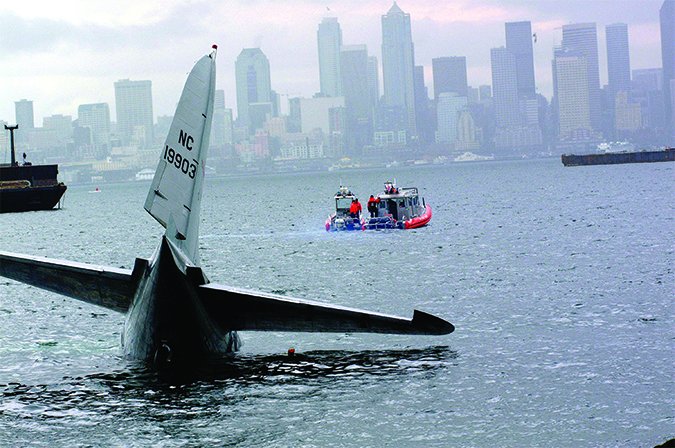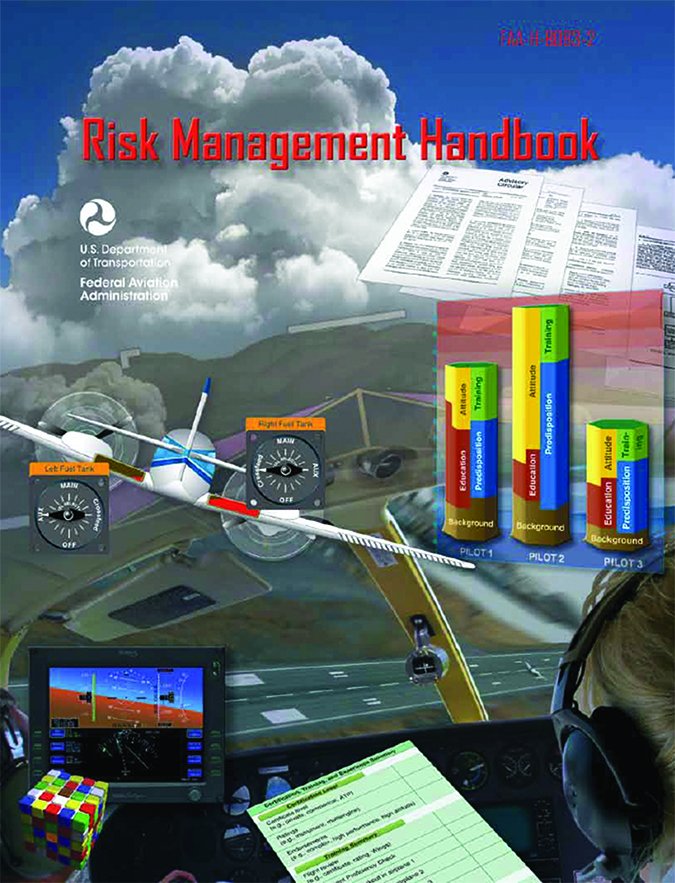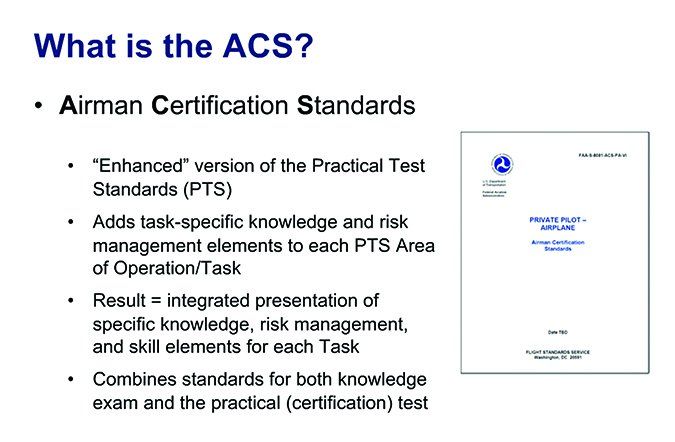I recently spent some quality time at a name-brand flight training facility, one which helps pilots at all experience levels meet their certification goals. One morning while waiting for better weather, I meandered to the coffee pot and found a CFI and student engaged in a frustrating-for-both discussion of risk management. In fact, there was violent agreement among them on the need to manage risk, but the student was rebelling at having to memorize various acronyms and explain what they mean.
Before I could get my first coffee sip fully swallowed, the student casually turned to me and asked if I knew what PAVE and IMSAFE stood for, and what they meant. Poor guy had no way to know I edit this magazine but I don’t think he expected my answer: “Yeah, actually, I do know what they mean. But the important part isn’t memorizing acronyms, it’s about recognizing and understanding the risks, then mitigating them.” Which got me to thinking: Are we doing this risk management thing wrong?
Rote Understanding
Of course, the student was exhibiting a classic case of the anti-authority response to what seemed to be the CFI’s gentle observation that his risk-management knowledge wouldn’t get him through the coming checkride.
Ultimately, the student resigned himself to the fate of actually having to learn something about flying that didn’t involve regulations, a throttle or a stick. It’s the kind of learning I call rote understanding, when we learn enough about a topic to at least understand its fundamentals but aren’t on a level at which we can draw accurate inferences and conclusions about the planned flight’s outcome. That kind of partial understanding also limits how we apply risk management principles.
At least when considering standard aviation syllabi, it often seems much of what passes for risk management training involves memorizing what the acronyms stand for. If a student is sufficiently well-conditioned, he or she can regurgitate the pilot, aircraft, environment and external pressures constituents of PAVE on cue, and maybe even stumble through an acceptable description of its application to a hypothetical flight. But in my experience, it’s a rare student or rated pilot who can demonstrate a thorough understanding of formal risk management beyond the acronym’s first layer.
My encounter at the coffee pot seemed to encapsulate an underlying and frustrating characteristic of current risk management training and testing: We’re trying to apply a rigid, well-defined framework to what usually is a fluid, dynamic set of circumstances. Put another way, we’re applying objective tests—as embodied in the PAVE acronym, for example—to make a subjective determination that the proposed flight is as risk-free as we can make it. We’re basically trying to assign a value to something we may not even be able to see clearly, much less quantify.

Reaching The Goal
When I did my primary training, terms and concepts like aeronautical decision-making and risk mitigation weren’t in the study materials. There was little formal assessment of the student’s ability to understand the challenges a particular flight might pose. Instead, the focus was on understanding things like regulations, flight planning, how to interpret various weather information and how to fly the airplane through various maneuvers, and to and from different surfaces. If the weather sucked, you didn’t fly. If the airplane was broken, you didn’t fly.
But assessing flight conditions and the risk they pose was part of my training nonetheless. I was fortunate to have some experienced mentors, pilots whom, I now suspect, managed to scare the snot out of themselves a few times before I wandered in. They probably didn’t do it intentionally, and there may not be a formal record of their mistakes, but they learned from the experience. Once these pilots discovered I was serious about learning to fly and wanted to hear their stories, they often were eager to pass along what they’d learned. A lot of it was designed to scare me—it worked—but there also were the occasional informational nuggets that saved me from repeating their mistakes. (A great example is to start an engine on the tank you plan to use for takeoff, and leave the fuel selector alone until at altitude.) Since we were without a formal emphasis on risk management in our primary training, the hand-me-down knowledge and experience from others is how we learned to manage risk back then.

Learning All The Lessons
In a very real sense, the private certificate and the instrument rating are an application of Darwinian principles: Either you learn from your mistakes and those of others, or you don’t. If you don’t, sooner or later you may become involved in an accident. Its severity likely will be affected by how well you learned which lessons. That part actually hasn’t changed much over the years; personal aviation can have drastic consequences.
And for all the legitimate concerns about accident and fatality rates, the numbers have improved over the years. But even when we reduce by half the way-too-high accident rates of the 1960s and 1970s, we’re still left with too many accidents.
So…how can we ensure the hard-earned wisdom of our mentors is passed along to us before we need it? How can we learn not only from their mistakes but from those of other pilots? And how can we make it uniform, by teaching all pilots the same lessons the old-timers left behind?
We can’t.
Is This The Best We Can Do?

What we can do is come up with a way to identify and organize the various risks pilots encounter from time to time. Then we can define a formal process to quantify these risks. Since we’re trying to apply objective measures to subjective information, we won’t always properly assess the risks we’ve identified. We especially won’t properly assess them if we achieve only the basic rote understanding needed to get us through the checkride. The final step in risk management—mitigation—isn’t successful if we don’t reliably and honestly quantify the risk.
Is this the best we can do? Probably. We can’t depend on the old-timers to pass along their wisdom, and even if we did, we might not like their mitigation strategies. For both training and operational purposes, the best solution industry has found—so far—to instilling in less-experienced pilots knowledge of the risks they confront is the organized, acronym-laden risk management tools interleaved into the certification process. We just have to move beyond rote understanding.
Jeb Burnside is this magazine’s editor-in-chief. He’s an airline transport pilot and owns a Beechcraft Debonair.





Great article; If we *only* get to rote (in any pursuit) we will fail. But the learning process starts there – ourline in black and white, then add the colors. P-A-V-E is useless if it is not put into motion and fleshed out with example and experience. Similar to “required 91.205 equipment.” Flight students are often taught “ATOMATOFLAMES, but if they cannot elaborate or explain and all is (similarly) lost.